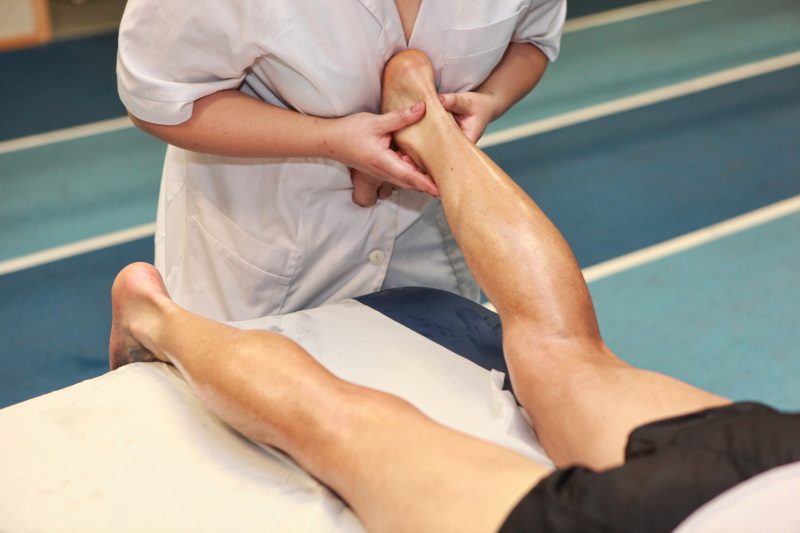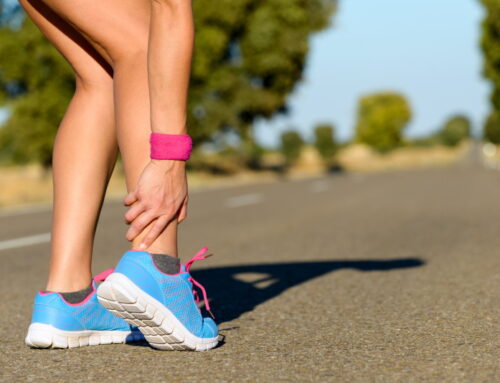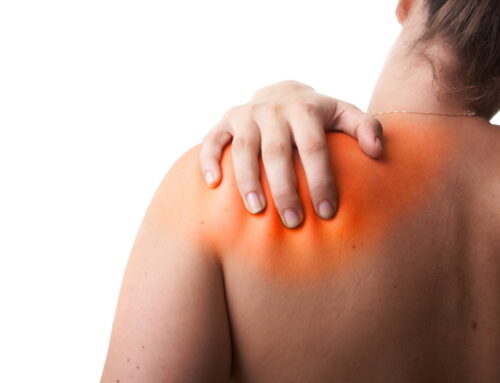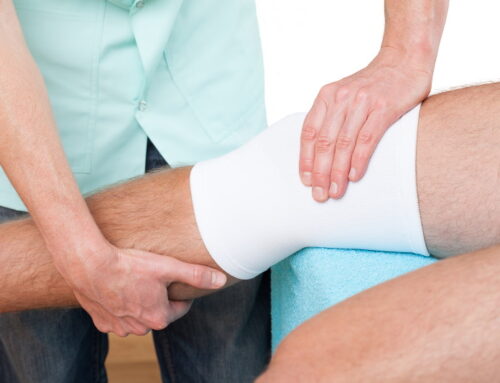The Achilles tendon is the largest tendon in the body, connecting your calf muscles to your heel bone. It can withstand great stress when you walk, run and jump, but is prone to tendinopathy- a term which simply means overuse- and can become inflamed as a result.
Types of Achilles Tendinopathy
There are two types of Achilles tendinopathy, depending on which part of the tendon is inflamed.
Non-insertional or ‘midportion’ Achilles Tendinopathy, where fibres in the middle portion of the tendon have begun to degenerate and have tiny tears, swelling or thickening.
Insertional Achilles Tendinopathy, which involves the lower part of the heel where the tendon attaches to the heel bone.
As a general rule, Achilles Tendinopathy is usually a result of repetitive stress rather than a single event. There are factors which will make you more susceptible to the condition, including:
- Running for many years
- Poor flexibility or stiff ankle joints
- Changes in terrain without working up to it gradually
- Not allowing enough recovery time between training sessions
- Weak calves
- Problem with foot biomechanics
- Worn out or unsuitable footwear
- Medical or hormonal conditions such as Type II Diabetes or Menopause
How do I know I have Tendinopathy?
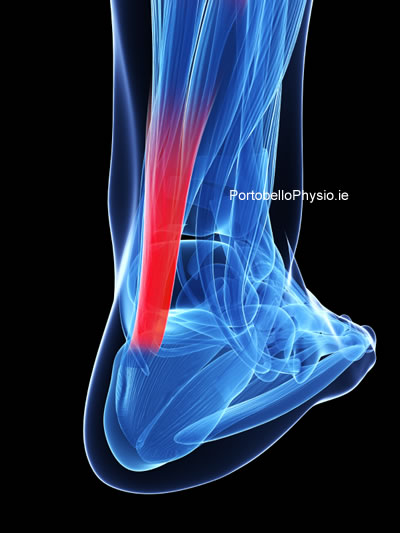
Most people notice the pain sneaking up on them, and it can vary from vaguely annoying to very painful. It might feel sore and stiff in the mornings or when you start to exercise, disappearing as you warm up only to come back after your training.
If the pain persists, or if a swelling or nodule develops, you’ll need to seek treatment, as it generally doesn’t resolve on its own. It might feel better after you get some rest but will probably reoccur once you begin exercising again, and if you don’t seek treatment you’ll only aggravate the problem.
Achilles Tendinopathy Symptoms include:
- Pain and stiffness along the tendon when you wake up
- Pain at the back of the heel or along the tendon that gets worse with activity
- Severe pain the day after exercising
- Thickening of the tendon
- Bone spur (insertional tendinitis)
- Swelling that is present all the time and feels even worse as the day wears on or with activity
In the early stages of the condition there are some changes to the cells in the area, and these get worse over time, with disruption to collagen and blood vessels. It’s important to catch and treat the injury before it lapses into a chronic state, as this is more difficult to reverse.
Goals of Physiotherapy Treatment for Achilles Tendinopathy
One of the first things your Portobello physiotherapist will do is to find out why this has happened- what predisposes you to it. Reduction of pain and inflammation will obviously be high on the agenda, and then to examine ways to restore the tendon and muscle to promote healing.
You’ll need active rest, to take the stress off your Achilles tendon, this may include swimming or cycling which are all load activities on the tendon. Ice or heat can be used to relieve the pain or swelling, and your physiotherapist will advise you to stop training or switch to low impact activities until the injury can be healed so you don’t exacerbate it.
Targeted stretching and strengthening (like calf stretches and bilateral heel drops) along with massage and soft tissue therapy will be used, and bracing or taping might be recommended to reduce the load on the tendon. Dry needling and/or electrotherapy may be used, depending on your pain level.
Pain from Achilles tendinopathy can sometimes be helped with orthotics or certain footwear to take the strain off the tendon. If it’s treated and managed properly, the prognosis is usually good. If the problem persists in rare cases surgery may be required, with a course of rehabilitation afterwards.
For more information or to book an appointment, call Portobello Physiotherapy Clinic on 01 476 3330.


